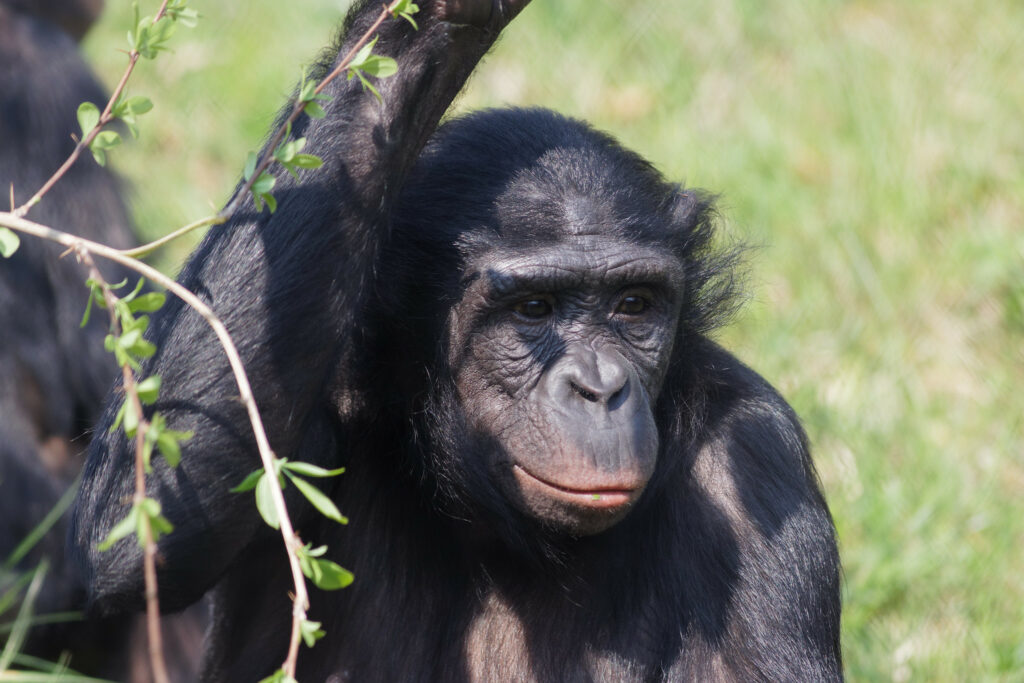Bonobos, an endangered great ape species only found in the Democratic Republic of the Congo, have inadvertently discovered a new species of truffle, according to a new study. Researchers believe that it could have significant culinary value and is also proof of the vast reserves of undescribed fungal diversity in the region.

While truffles are commonly eaten by humans in high-end restaurants, they are also enjoyed by our closest relatives. Bonobos, which share 98.7% of our genetic makeup, regularly savor the truffle, named by the researchers as Hysterangium bonobo in honor of the monkeys that found it in the first place.
“Truffles aren’t just for gourmet chefs, they’re also for our closest relatives,” Matthew Smith, an associate professor in the University of Florida department of plant pathology and co-author of the paper, said in a statement. “There’s so much to learn about this system, and we’re just scratching the surface.”
Prized for their aromas, truffles are often essential elements of ecosystems, and H. bonobo makes no exception. It plays an important role in enabling trees to absorb nutrients from the soil and supports the diet of animals. Previous studies have reported bonobos eating truffles but this is the first to identify a specific species.
Local communities have long known of the existence of the truffle. They call it “simbokilo,” a Bantu name. The bonobos likely locate it by catching its smell floating through the air or by digging in the soil and sniffing their hands. The truffles are small enough to be eaten whole by the great apes and share features of those with high culinary value.
Alexander Georgiev, co-author of the study and a primatologist at Bangor University, gathered samples of the truffles after he observed a group of bonobos eating them in Congo’s Kokolopori Bonobo Reserve. He hoped a collaborator could identify the species, not knowing it was undescribed. While he had never seen bonobos freed on truffles, his team of field assistants instantly knew what was happening.
“It’s important to realize that even though this paper presents a ‘novel’ interaction and the description of a ‘new’ species for the Western scientific community, in reality, these are interconnected associations that have been known about for untold generations by the locals in the region,” added Todd Elliott, the study’s lead author, in a statement.
The study was published in the journal Mycologia.









